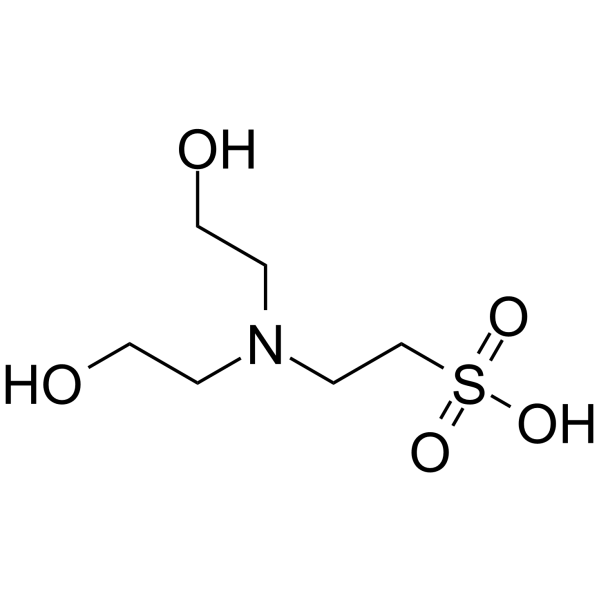Biological reductive dechlorination of tetrachloroethylene and trichloroethylene to ethylene under methanogenic conditions.
D L Freedman, J M Gossett
Index: Appl. Environ. Microbiol. 55(9) , 2144-51, (1989)
Full Text: HTML
Abstract
A biological process for remediation of groundwater contaminated with tetrachloroethylene (PCE) and trichloroethylene (TCE) can only be applied if the transformation products are environmentally acceptable. Studies with enrichment cultures of PCE- and TCE-degrading microorganisms provide evidence that, under methanogenic conditions, mixed cultures are able to completely dechlorinate PCE and TCE to ethylene, a product which is environmentally acceptable. Radiotracer studies with [14C]PCE indicated that [14C]ethylene was the terminal product; significant conversion to 14CO2 or 14CH4 was not observed. The rate-limiting step in the pathway appeared to be conversion of vinyl chloride to ethylene. To sustain reductive dechlorination of PCE and TCE, it was necessary to supply an electron donor; methanol was the most effective, although hydrogen, formate, acetate, and glucose also served. Studies with the inhibitor 2-bromoethanesulfonate suggested that methanogens played a key role in the observed biotransformations of PCE and TCE.
Related Compounds
| Structure | Name/CAS No. | Molecular Formula | Articles |
|---|---|---|---|
 |
BES
CAS:10191-18-1 |
C6H15NO5S |
|
Identification of Sex-Linked SNPs and Sex-Determining Region...
2015-08-01 [Mar. Biotechnol. 17 , 502-10, (2015)] |
|
Peptide Bioconjugates of Electron-Poor Metallocenes: Synthes...
2015-06-15 [ChemBioChem. 16 , 1333-42, (2015)] |
|
Enhanced Shewanella biofilm promotes bioelectricity generati...
2015-10-01 [Biotechnol. Bioeng. 112 , 2051-9, (2015)] |
|
Pressure-Induced Phase Transformation, Reversible Amorphizat...
2015-09-02 [J. Am. Chem. Soc. 137 , 11144-9, (2015)] |
|
Characterization of a defined 2,3,5, 6-tetrachlorobiphenyl-o...
1998-09-01 [Appl. Environ. Microbiol. 64(9) , 3359-67, (1998)] |